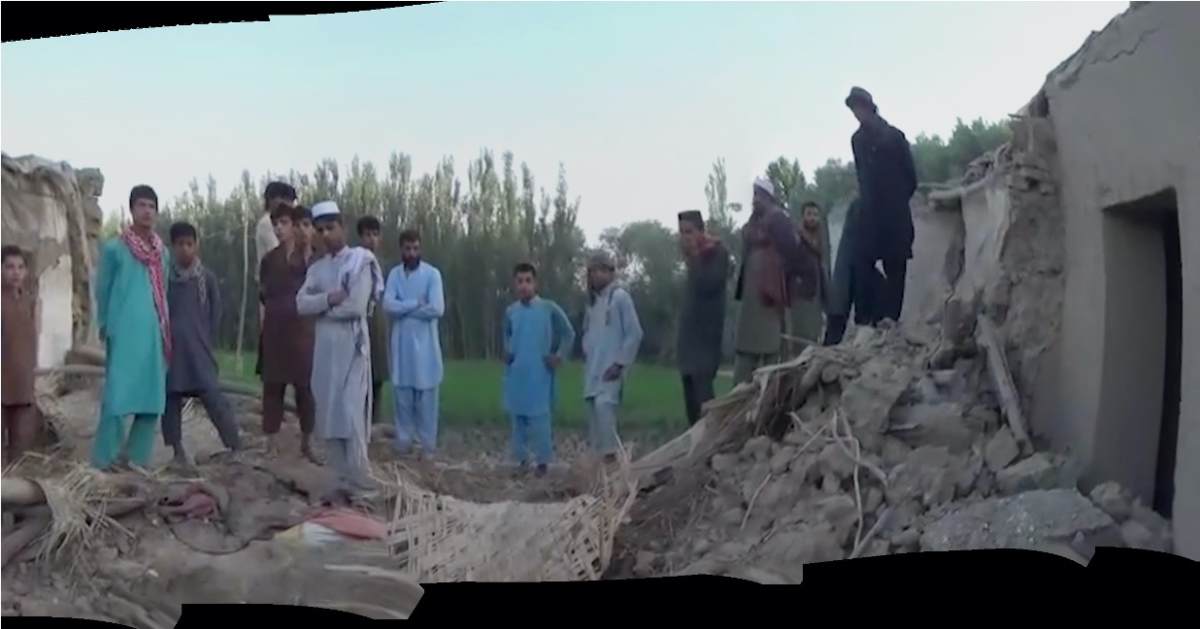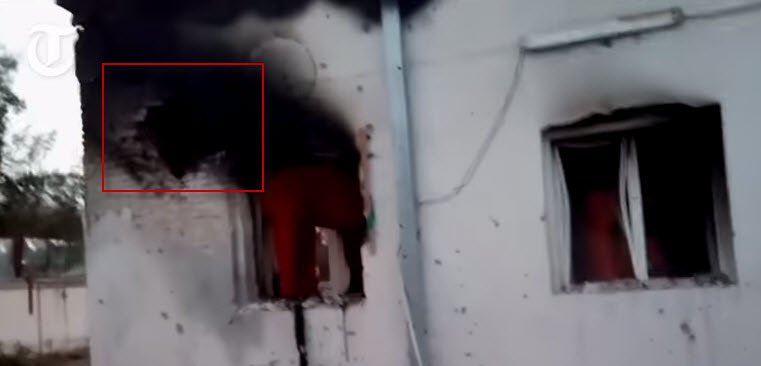Help Bellingcat and TBIJ investigate airstrikes in Afghanistan
The Bureau of Investigative Journalism (TBIJ) has spent more than five years trying to give the world a picture of the air war in Afghanistan. This picture is always a partial one – lack of access to site strikes, the limitations to what the military share, technological barriers and more lead to gaps in our knowledge.
There is much that we do know. The air war in Afghanistan intensified last year and civilian casualties have hit their highest levels. At the same time, accountability is incredibly hard to come by for those affected. All of this makes filling the gaps all the more important.
TBIJ and Bellingcat are now asking for your help to provide answers for a selection of potential strikes.
We have a list of over 20 strikes that were reported to have killed civilians after targeting buildings (understandably described by one expert as the kind that puts civilians at most risk). Most of the allegations have been denied by the US military and the Afghan forces have not responded to our questions.
We’re not, at this stage, saying these strikes did kill civilians, or even that they definitely happened. We are saying we need more information on the leads that we have. That’s where we hope our readers and the OSINT community can help.
The goal is to gather more evidence to add to our database – the only comprehensive and public list of strikes in Afghanistan – but also to identify patterns in accountability, and make our picture more complete than it has been before.
Step 1: Register for a Check account
Check by Meedan is a collaborative crowdsourcing tool that allows multiple people to contribute information. We have used it for some of our most successful projects, whether that be tracking airstrikes in Syria, or verifying images from MH17.
You can register for Check HERE.
Step 2: Request to join the TBIJ Check
Once you’ve registered for Check, you’ll need to join the TBIJ account.
You can request to join the TBIJ account HERE.
Step 3: Start investigating!
Each airstrike has a list of questions, some of which might already have some information filled in.
See what you questions you can answer about each incident!
Whether you can give us ten minutes or dozens of hours, TBJI and Bellingcat would like to thank you for your help.
Geonames – Extremely useful for finding alternative names and co-ordinates of places.
Who Posted What – A search engine for Facebook, built by Henk Van Ess.
Twitter Advanced Search – An advanced search for Twitter, which also allows you to search by date.
Google Earth Pro – Much better than normal Google Maps, make sure to check out the historic imagery function.
Useful Tips
1. You’ll more find information in the local language – try using Google Translate for place names.
2. Search for the location name – often reports of airstrikes will mention the village or district name in the post.
3. Use time-limited searches to find posts from a few days either side of date of the strike.



